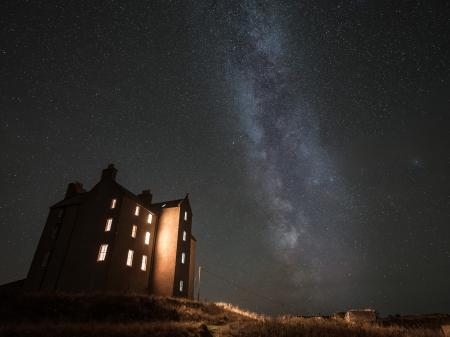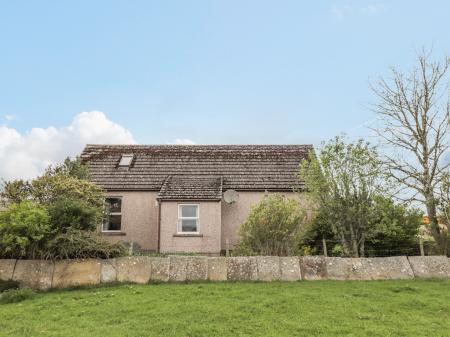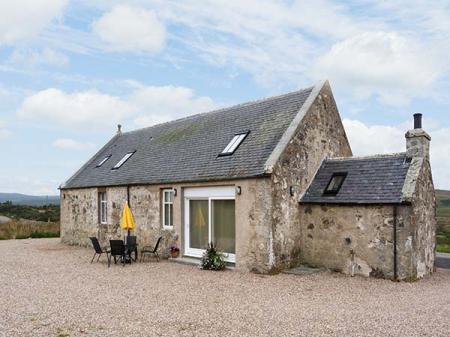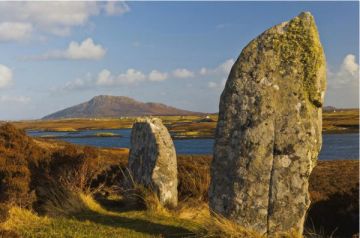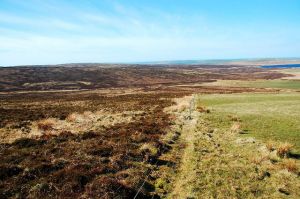
What to see
Red grouse look for food along the sloping hillsides. Near Durkadale you can see hen harriers roosting, particularly as the sun goes down and in the early morning. There is a communal roost holding 25 birds, with the highest numbers in November. Hen harriers can be seen throughout the reserve at any time of year, but autumn is definitely best.
Red-throated divers can be seen at the summit of Burgar Hill, and there is a hide where you can see chicks in the summer. You can follow tracks made by peat cutters to the top of Mid Hill for excellent views over the relatively flat Orkney landscape.
Arctic skuas spend most of their time at sea but come to the Moors to breed. Other notable species include merlins and curlews, and there are large numbers of migrating birds in autumn.
Getting There
The bulk of the reserve is best accessed just west of Evie and the A966. Hillside Road, linking Evie and Dounby, goes right through the heart of the reserve, and the easiest way to observe the best of Birsay Moors bird life is simply to stop along the road at any convenient spot. Stop and look long enough and you'll see many of the reserve's star species without ever leaving your vehicle.
To reach the Burgar Hill hide for red-throated divers, take the signed track off the A966, 1 mile north of Evie at grid reference HY357265. There is another parking area at Durkadale (HY294252) for the hen harriers roost.
